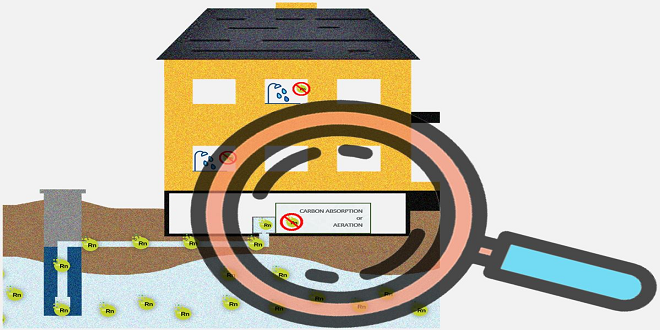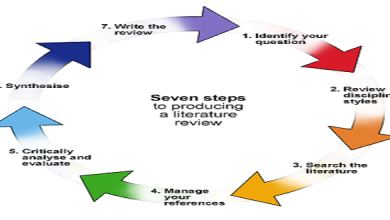What is the Most Common Method of Radon Mitigation?

While most people are aware of the dangers of Radon, many don’t know how to mitigate them. There are many ways to reduce radon exposure. This article will cover all aspects of radon mitigation in Louisville.
Let’s begin by explaining what radon actually is.
What is Radon?
Radon, a colorless and odorless naturally occurring gas, seeps from the ground when uranium is lost in soil, rocks, and water. If not properly addressed, this gas could enter your home through cracks and gaps in the foundation. It can accumulate to dangerous levels.
What makes adon dangerous?
Radon is broken down into radioactive particles, which can attach to dust or other particles. These particles can cause damage to your lungs and increase your chance of developing lung cancer.
We now have a basic understanding of radon. Let’s explore how radon mitigation works and the most popular methods for mitigating it.
What’s Radon Mitigation?
Radon mitigation refers to lowering the level of radon in your home. There are many ways to achieve this. The foundation design of a home will determine the effectiveness and type of mitigation method used. There are three types of foundation design that can influence the type and effectiveness of radon mitigation.
-Basement
-Crawl space
-Slab-on-grade
Radon Mitigation for Slab-onGrade and Basement Homes
These methods are best for homes that have a slab-on-grade or basement foundation.
-Sub slab suction
-Sump-hole suction
-Block-wall suction
-Drain-tile suction
Sub Slab Suction
The most popular method of radon mitigation is sub-slab suction or active sub-slab depression. This involves putting suction pipes under the basement floor and into the soil. The amount of air movement below the basement floor will determine the number of suction points. The fan connects to the suction pipes and creates negative pressure under the basement floor. This draws the radon-laden air from the home.
A contractor certified can assess the level of radon infiltration and recommend the amount of pipes necessary to mitigate it. To determine the extent of radon infiltration, they will perform visual and diagnostic assessments. They also recommend mitigation. A single PVC pipe with an exhaust fan is sufficient for most homes.
Passive subslab depression – This alternative can also be used. This is similar to active subslab depressurization. It does not require an exhaust fan. The natural pressure differences in the air are what draw the radon from the home.
Sub-slab depressurization, which is used by about 95%, is the most popular radon mitigation technique. Let’s now look at other mitigation methods.
Block Wall Suction
Block-wall suction is ideal for basement foundations with hollow block walls. Because it removes radon from the blocks and lowers pressure within them, this method is very similar to sub-slab succion. Block-wall suction can be used in combination with sub-slab despressurization.
Drain-tile Suction
Drain-tile suction works well for homes that have drains tiles or perforated pipes around their foundation walls. This method uses suction pipes to extract radon-laden soil.
Sealing
Sealing can be applied to any foundation design. This method seals cracks, gaps, or spaces in foundation walls to prevent radon from entering. This method should be used in conjunction with other mitigation methods to reduce radon levels in homes.
This is due to the fact that radon can infiltrate through cracks in soils.
Natural Ventilation
By opening doors and windows, you can increase the ventilation in your home. This allows fresh air to enter your home and dilutes any radon that might have got in. The radon concentration will rise once all the doors and windows are shut. Natural ventilation is a temporary solution.
There are many radon mitigation options available, depending on the foundation design of a home. The most popular method is sub-slab suction. It involves burying suction pipes under the basement floor and into the soil. The block wall suction method works well for homes with hollow brick walls. Drain-tile suction is for homes with drain tiles or perforated pipes around their foundations. The sealant of cracks and crevices in foundation walls can also reduce radon infiltration. This should be used in conjunction with other mitigation systems to reduce radon levels in homes. The effectiveness of any radon mitigation device depends on its installation and maintenance by a licensed contractor.
